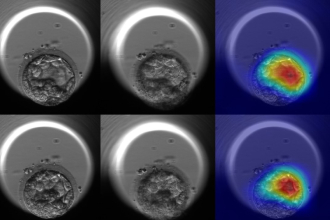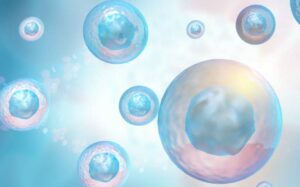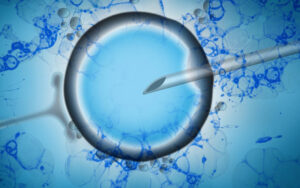- Some 25,000 embryos and 4,000 patients have been studied, permitting us to offer a universal, standardized and automated selection of embryos
- The Latest findings were published in the US journal Fertility and Sterility and in European Reproductive Biology OL
- It involves a revolutionary, completely non-invasive technique that improves all current methods of selection
The development and introduction of artificial intelligence (AI) technology in recent years has revealed the potential to address the inefficiencies in several steps of assisted reproduction, including improvements in some in-vitro fertilization (IVF) lab procedures and, more specifically, in the selection of embryos.
In this regard, IVI has performed the most extensive studies on AI’s application to embryo selection, with the broadest combined case study in scientific history, analyzing 25,000 embryos and 4,000 patients. Thanks to this study, IVI has revolutionized the embryology sector, providing its clinics with diverse techniques that allow us to offer universal, standardized and automated selection of embryos. In addition, the latest findings were published in the US journal Fertility and Sterility and in European Reproductive Biology OL.
“We have applied data-based solutions in embryology laboratories to assess the potential for embryo implantation, which allows us to improve the efficiency of one of the most important processes in assisted reproduction: embryo culture and selection, with an accuracy of 75 % in the selection of chromosomally normal embryos, while it was not possible with the manual assessment of the previous process to identify these embryos, regardless of the experience of the embryologist,” said Dr. Marcos Meseguer, embryologist and scientific research supervisor of the Embryology Unit of IVI Valencia. Stanford University recently recognized Dr. Meseguer as one of the top researchers in the world, along with professors José Remohí and Antonio Pellicer, and Dr. Juan Antonio García Velasco, all of whom are IVI professionals.
The latest work on applying artificial intelligence to embryo selection, “Computer vision can distinguish between euploid and aneuploid embryos. A novel artificial intelligence (AI) approach to measure cell division activity associated with chromosomal status,” is being presented today at the 37th ESHRE, which this year for the second time, due to the health situation, is taking place on line. Doctoral candidate Lorena Bori of IVI Valencia has been asked to explain the main results of the study, codirected by Dr. Meseguer and Dr. Daniella Gilboa of Tel-Aviv.
Main results of the study presented at the ESHRE
- The purpose of the study was to analyze a chromosomally euploid embryo without the need for invasive techniques. That is, to extract a number of cells (from 5 to 10) from the blastocyst necessary to analyze them chromosomally and learn the content of the blastocyst.
- For the first time, an AI-based system can accurately analyze the initial stages of embryonic development and quantify the duration of cell cycles, while determining the diameter of the cells that form the blastocyst, thus generating an algorithm capable of distinguishing between a chromosomally normal and abnormal embryo with an accuracy of 75%.
- More than 2,500 embryos genetically analyzed at IVI Valencia – the largest scientific case study in the world – has allowed us to demonstrate that, depending on their chromosomal content, the embryos behave differently in their pattern of development, and this can be analyzed automatically with imaging.
- Thus, chromosomally normal (euploid) embryos begin their development as blastocysts slightly earlier than aneuploid embryos. This longer period for aneuploid embryos to grow until they reach the blastocyst phase is explained by their higher level of cellular activity.
- The possibility of chromosomally selecting and categorizing the best embryos results in an increase in gestation and pregnancy rates and reduces the likelihood of chromosomal anomalies, producing an objective and reliable prediction using a fast and economical technique.
This is a revolution in assisted reproduction because it allows us to avoid invasive techniques that may affect the viability of the embryo in some way, matching the current results of the non-invasive PGT-A without the cost and the harm to the embryo that the latter entail. Furthermore, it would involve the automation of a process that is currently performed manually and on a small scale





